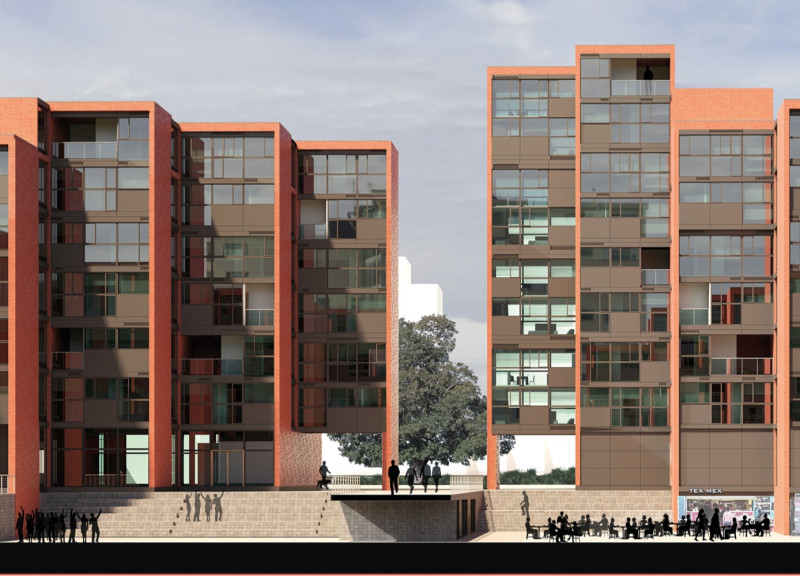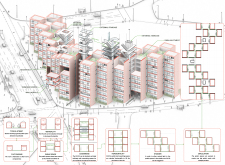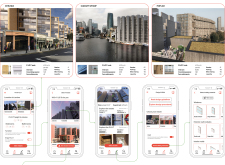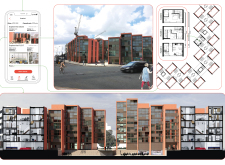5 key facts about this project
P.LO.T is an innovative design located in London that seeks to tackle the challenges of urban living through a unique three-dimensional framework. This approach empowers residents by encouraging them to play an active role in shaping their own environments. The design concept involves layering urban elements vertically, which provides connections between self-built plots, public spaces, coworking areas, and elevated farm allotments.
Integration of Community
The framework emphasizes the importance of community involvement through DIY design-and-build practices. By allowing residents to have control over their living spaces, there is a reduced reliance on traditional architects and builders. This approach encourages individuals to utilize their skills and creativity, leading to more affordable and personalized living options.
Spatial Connectivity
Spatial organization within the framework focuses on fostering connections and interactions among residents. The design incorporates communal areas that promote social engagement, addressing feelings of isolation that can occur in urban settings. By creating spaces where people can gather and collaborate, the project enhances the overall quality of life for its inhabitants.
Technological Integration
The P.LO.T app is a key feature that allows users to customize their living environments. By choosing different modules suited to their needs, residents can engage directly in the design process. This integration of technology emphasizes the role of the architect as a facilitator, enabling individuals to have a hand in shaping their own spaces.
Flexibility in Design
While the presentations do not specify particular materials, the adaptable nature of the framework allows for a variety of building materials to be used. This flexibility ensures that the design can respond to different contexts and local conditions. By accommodating various material choices, the design remains relevant to its surroundings and aligns with both aesthetic and practical considerations.
The layered structure of P.LO.T ultimately supports creativity and encourages social connections, contributing to a more vibrant urban community.






















































